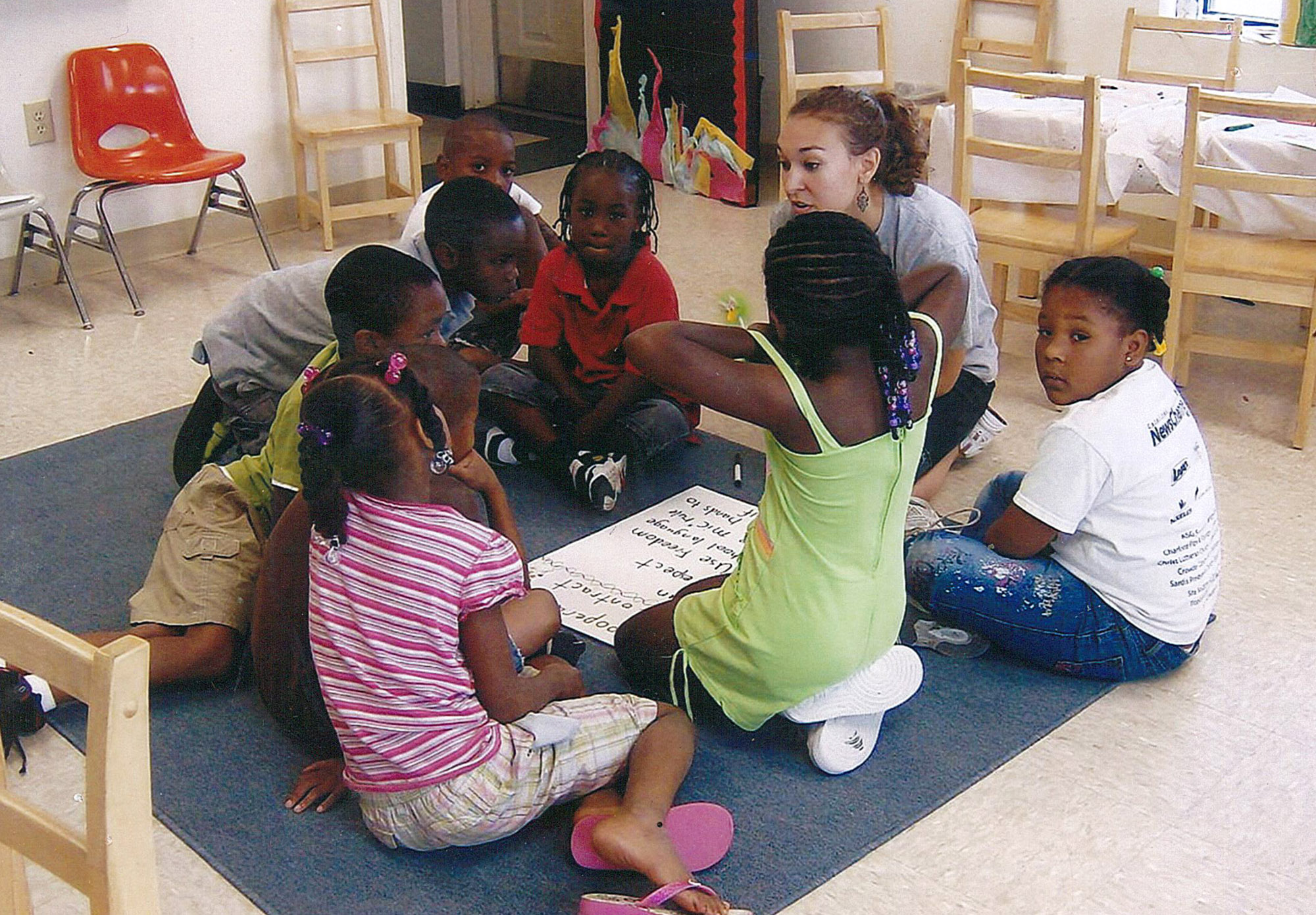Strategies for Effective Advocacy
 There is great hunger for a movement to protect and revitalize the promise of public education as our nation’s gateway to democracy and racial and economic justice. To do so, we will need to not only help individual children to succeed, but change the systems of education that routinely fail them. This type of change requires an engaged constituency of advocates, parents, and students to build the political will to advance equity in education. Community organizing aims to alter long-standing power relationships that produce failing schools in under-served communities in order to create an excellent and accountable school system for all students.
There is great hunger for a movement to protect and revitalize the promise of public education as our nation’s gateway to democracy and racial and economic justice. To do so, we will need to not only help individual children to succeed, but change the systems of education that routinely fail them. This type of change requires an engaged constituency of advocates, parents, and students to build the political will to advance equity in education. Community organizing aims to alter long-standing power relationships that produce failing schools in under-served communities in order to create an excellent and accountable school system for all students.
This resource is a summary of a publication from the Center for Education Organizing out of the Annenberg Institute for School Reform at Brown University. It is titled “Getting Started in Education Organizing: Resources and Strategies.” The full text can be found at http://annenberginstitute.org/publications/getting-started-education-organizing-resources-and-strategies.
Before You Launch A Campaign
Building a Base and Developing Leaders:
- Often parents who have the worst experiences at schools are also the least connected to formal school events or organizations.
- Therefore, outreach through neighborhood organizations, after school programs, door-knocking, and the congregation are important.
- Check in to see who is already doing work and what kinds of campaigns they are running.
- Through community organizations and personal relationships, check in to see what kind of issues children (across race, class, and immigration status) are facing in school. For more detailed instructions on how to conduct such an assessment, see the instructions for a Birdseye Assessment in this toolkit’s “Congregational Assessment Tools.”
- Take care not to duplicate existing campaigns. It is often best to throw your weight and organizing power behind something that is already set in motion so as not to compete with an initiative the community has already selected as a priority.
- Take stock of your own place and role in the community. Do you relate to a clergy association or an inter-religious group? If so, involve them in your outreach and strategy. For a list of questions to ask in this asset-mapping process, see toolkit document “Direct Action for Education: An Asset Identification Process.”
Choosing the Right Issue and Developing a Platform:
- While school safety and facility maintenance are important, tackling student achievement is a more complex issue.
- Some examples of issues you might address are:
- Demanding greater accountability for student performance in a particular area, like reading or English as a Second Language (ESL).
- Advocating for a specific educational program or whole school reform model
- Changing school district leadership
Choosing the Right Scale for Organizing
- Consider your issue: does it impact an individual school, several schools, or schools across the district or state?
- How are decisions made? Is school policy centralized under a mayor or decided by an elected school board? Are there mechanisms for parent input? Is the issue at stake subject to state law?
- Consider your group’s power: does the group have a sufficient base and media clout to run a citywide campaign? Are there other organizing groups (unions, school reform organizations, parent groups) with whom to form coalitions?
The Campaign
Organizing, at its heart, is all about building personal relationships with community members and decision makers.
Select your strategy to build relationships with decision makers. Some options include:
- Regular meetings between parent leaders and educators
- “Neighborhood Walks” during which parent and community leaders take teacher on tours of the neighborhood surrounding the school. Help them see parents as knowledgeable resources.
- Home visits, in which small teams of parents and teachers visit families at home to share information about school curriculum and encourage participation in school events.
- Develop family-school partnership committees in which parent and community leaders can plan events, discuss student achievement, and develop organizing campaigns.
► See index of topics at right under “Learn More” to read the toolkit online or download the entire toolkit below.
